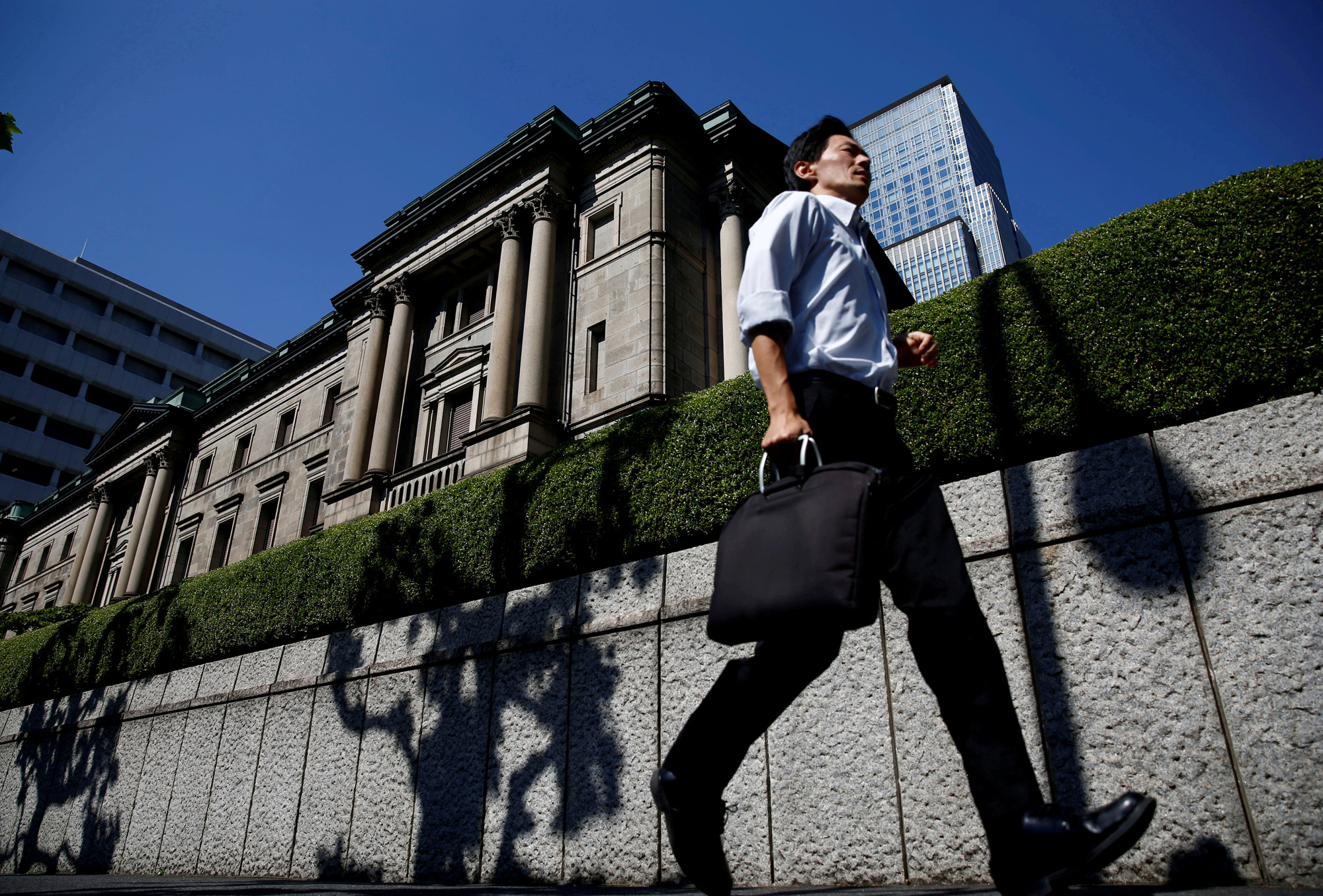The Bank of Japan officially adopted a 2 percent inflation target in January 2013 and has subsequently adopted an unconventional monetary easing policy (including large-scale asset purchases, a negative interest rate and yield curve control). As such tools have been in place for a long time, their effectiveness has increasingly become unclear. While they have helped lower long-term yields, depreciate exchange rates, and led to an appreciation of financial assets and real estate, their impact on inflation and inflation expectations have not been so successful.
Japan's recent inflation, excluding all food and energy, remains around 0.1 percent. Adverse impacts of unconventional tools — such as market price distortion, declined banking sector profitability, adverse impacts on pension and insurance industries, quasi-fiscal policy, inequality — are increasingly becoming apparent.
Over the past five years, moreover, the BOJ has found it difficult to convince the public that inflation has to be raised by achieving the 2 percent target. Japan's experience suggests that there is asymmetry between raising inflation to achieve the 2 percent inflation target and lowering inflation to achieve the 2 percent inflation target.



